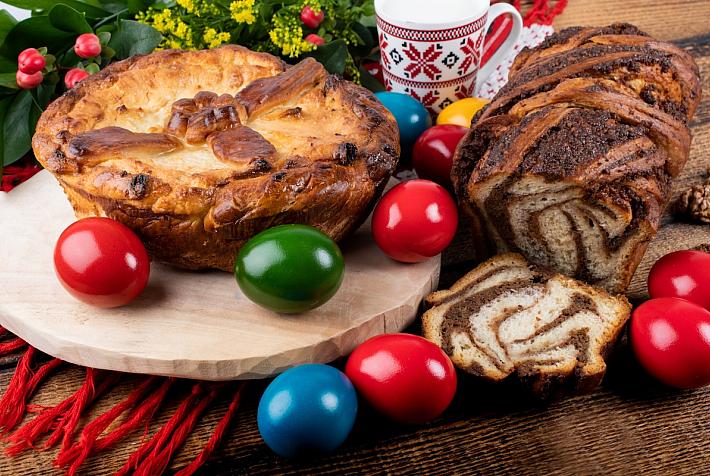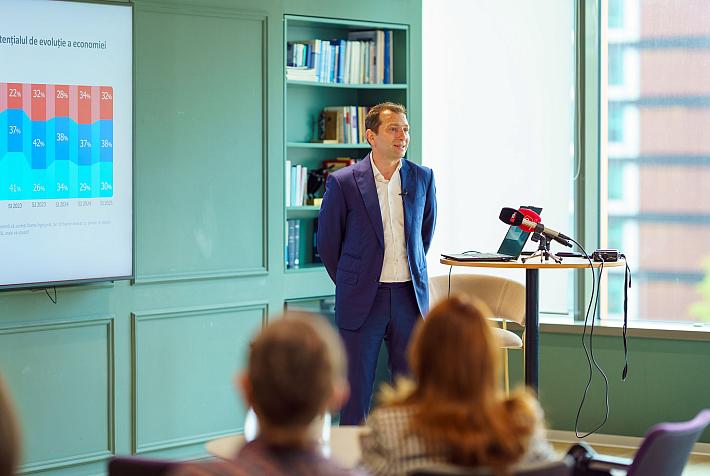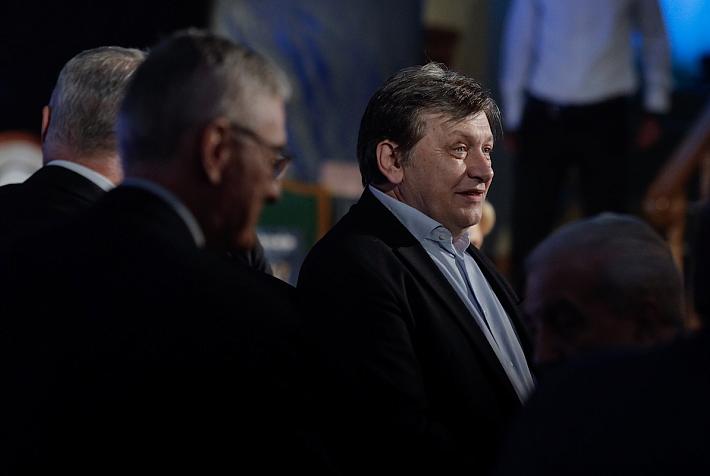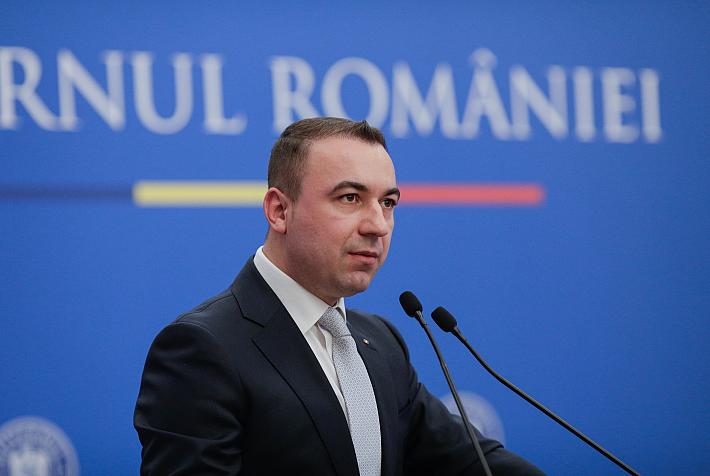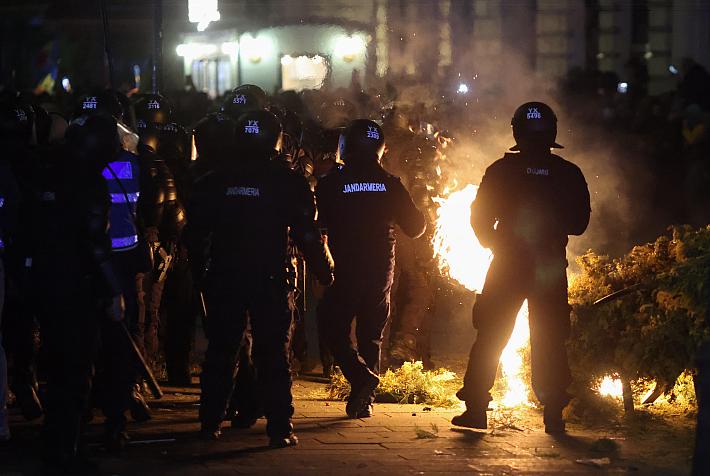Romania travel: Recent additions to the museum list

The past year has seen the opening of several museums, either private or public initiatives, spanning varied interests and target audiences. From immersive art experiences and steampunk installations to printing history and Romanian personalities living and working in exile, we outline some of the recent museum openings below.
In Craiova, in southern Romania, the Museum of Romanian Books and Exile was recently inaugurated in the Tache Dianu house, a monument building dating back to the early 20th century. The museum houses a collection of books, manuscripts, memorabilia and art items that belonged to a generation of artists and writers who left Romania in the first half of the past century.
The museum’s patrimony encompasses 38 collections dedicated to personalities such as theoretical physicist Basarab Nicolescu, Prix Goncourt winner Vintilă Horia, historian of religion and writer Mircea Eliade, essayist Emil Cioran, theater director Andrei Şerban, film director and writer Paul Barbăneagră, poet and novelist Andrei Codrescu, novelist Bijor Nedelcovici, writers Ileana and Romulus Vulpescu, historian Dinu C. Giurescu, writer and theater critic George Banu, writer and actress Aurora Cornu, and poet Grigore Arbore.
The universe of steam-powered retrofuturistic technology and aesthetics comes to life at Steampunk Transylvania, which opened last year in Cluj-Napoca. The museum lets visitors in on creations inspired by the fictional worlds found in the works of writers such as H. G. Wells and Jules Verne, and aims to increase interest in the steampunk subgenre of science fiction. It displays a range of steampunk installations, with part of the collection permanent and another bought or rented from artists worldwide. “We noticed that there is a huge amount of people creating fantastic objects, and they keep them in their homes, showing them off to their local friends and posting them on social networks. We truly believe that these artworks must be seen by people from up close,” the museum explains.
Described as the first immersive space in the country and the largest new media center in South Eastern Europe, the Museum of Immersive New Art (MINA) opened in Bucharest at the end of August. The museum stands at the intersection of art and emerging technologies and aims to offer interactive, educational experiences. It is housed in a refurbished building that served as the first plant manufacturing local computers, ICE Felix.
It has an area for children, one for temporary exhibitions and events, and a lounge and café area. Its design and infrastructure make the museum a multifunctional space that can showcase art exhibitions but also educational content for schools and host theater and dance performances, film screenings, corporate events, and parties.
The museums opened with two shows. One of them, titled Gustav Klimt. The Immersive Show, encompasses 60 works of the Symbolist painter staged in 360 degrees. Among them are Lady with Fan, The Kiss, and The Woman in Gold. The show was designed by the studio Aural Eye and producer Alexei Țurcan. The second show, The Underwater World, is meant as an educational incursion into the biodiversity of water, with the aim of raising awareness of the way everyone can contribute to species protection and a cleaner world. The project was designed by Collider Visuals & Pixels Reality and producer Costav Ivanov.
Among the museum’ plans is the launch of an Innovation Lab, a place where the community of artists and developers will have access to the latest technologies and which will host creation residencies.
MATS - Muzeu Atelier Tipografie Sibiu/ The Printing Museum and Workshop in Sibiu, which opened last September, is the place for anyone interested in the craft of printing. It displays a range of historic printing presses from all over the world and holds workshops on traditional printing techniques. It is the project of Sibiu architects Delia and Tudor Petrescu, who have handled the production of wood types in the last ten years. Their portfolio includes artists such as Erik Spiekermann, Martin Majoor, Rod McDonald, Richar Kegler, and Dan Rhatigan, according to Turnul Sfatului.
The Traditional Turkish House, a project of the Democrat Turkish Union in Romania, opened this summer in Cobadin, a commune in Constanța county. The museum has three rooms: the bride’s, guests’, and crafts room. It tells the stories of the traditions of the Turks in Dobrogea with a collection that encompasses household items, fabrics, clothing, and decorations. The museum is the second dedicated to Turkish traditions in the county, after Tekir’s House in Techirghiol. It is hosted inside a house that is more than a century old and which was completely refurbished to highlight elements of traditional architecture.
The Medicine and Pharmacy University of Cluj Napoca opened this summer the Museum of the Cluj Medical School. Its permanent exhibition highlights the history of the Cluj institution, starting from the 18th century, through items such as photos, documents, postcards, scientific papers, equipment, medical and pharmacy instruments, and more. The museum, located in a late 19th-century building, also hosts a library with works from the history of Romanian and world medicine (17th to 20th centuries), most of which entered the patrimony of the Faculty of Medicine in the interwar period through the work of professor Valeriu L. Bologa. A separate hall is dedicated to professor Iuliu Haţieganu, whose name the Cluj University of Medicine carries. Here, visitors can see documents, photos, and personal items meant to put together a biography of the professor who was also the first dean of the Medicine University of Cluj between 1919 and 1920. Besides the permanent exhibition, the museum also hosts events organized in partnership with other museums, universities, and cultural institutions.
The latest addition to Timișoara’s museum scene, the Museum of Water opened after the refurbishment of the city’s Urseni Plant, built in the early 20th century. The main building in the three-piece ensemble that makes up the plant, known to locals as “the flying saucer,” was designed by architect Székely László and is considered a landmark of industrial architecture. Now, visitors can explore the main water filtering stations, relax in the former plant’s park, and attend the various events and programs scheduled at the museum.
Billed as the first of its kind in the country, the Football Museum in Bucharest opened its gates last November. It is located in Bucharest’s Old Town and features a large collection of jerseys, balls, and medals, many of them shown locally for the first time. The museum’s collection includes jerseys worn by Romanian football legends Gică Popescu and Gheorghe Hagi, but also Brazilian football star Ronaldo.
(Opening photo: Kent Johansson | Dreamstime.com)
simona@romania-insider.com






